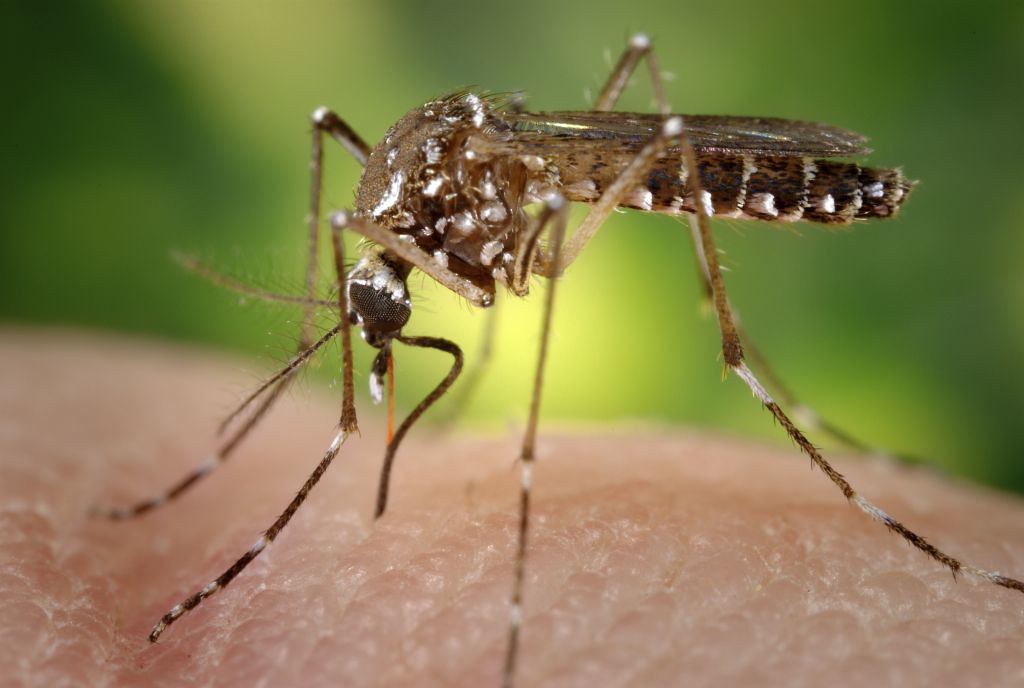The primary piece of information you need to know when dealing with no-see-ums is where do they roost when they aren’t flying. This information is two-fold; where do the females lay their eggs and where do they roost. Remember that only the females bite. They need the blood meal from animals in order to feed their eggs.
The females lay their eggs in moist, warm soil. This can be flower pots, your yard, a water source such as a bird bath or garden bedding. Any place that can assure them of giving their larvae the best chance to survive and grow.
Although this is the primary goal of sand gnats, they also roost during hot parts of the day or at nighttime. This is usually going to be under the eaves of your house or new outside light sources. You can look at the outside walls of your home and see clusters of gnats waiting for their next attack. It is critical that you note these locations so your application of product can have its best chance of success.
Not only are we trying to kill the adult midges, but you are also trying to disrupt the life cycle of the eggs and larvae. This is why you must exterminate adults and protect against larvae and pupae.
Don’t forget that they are flying insects, although they do not migrate far from their birth area, they will still fly into your yard. Being aware of this also precipitates the need to apply product to the border of your yard so that extermination and repulsion can be secured. Repulsion is key to keeping your yard virtually free of pests after the initial treatment for infestation. Without repulsion, you will always be in infestation mode.
Tags: biting midge, kill, no-see-um, organic, pest control, repel, sand gnat, sand gnats
